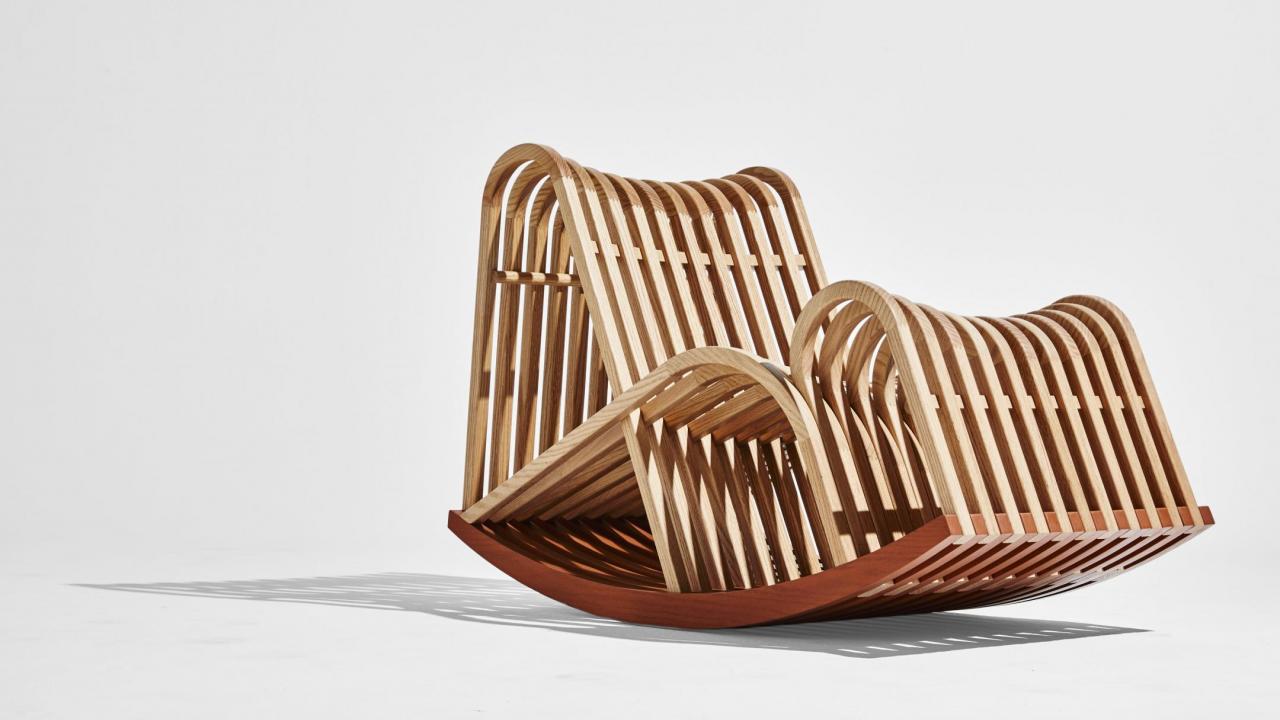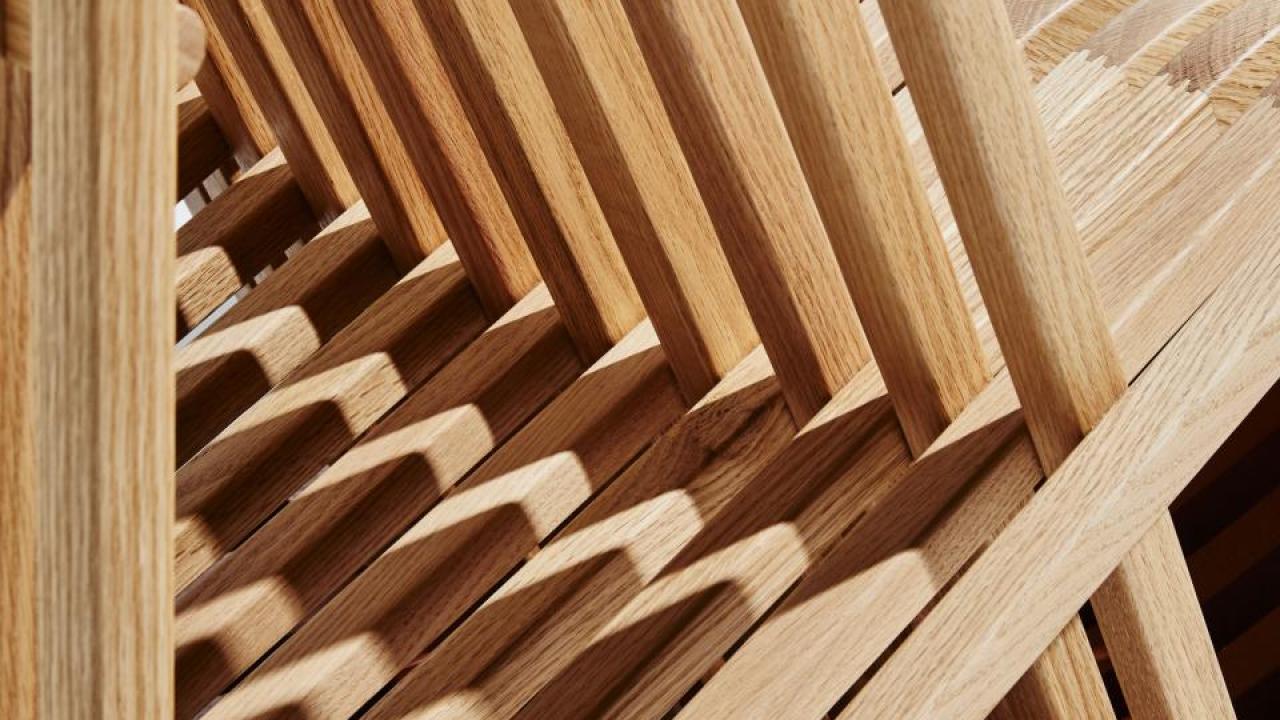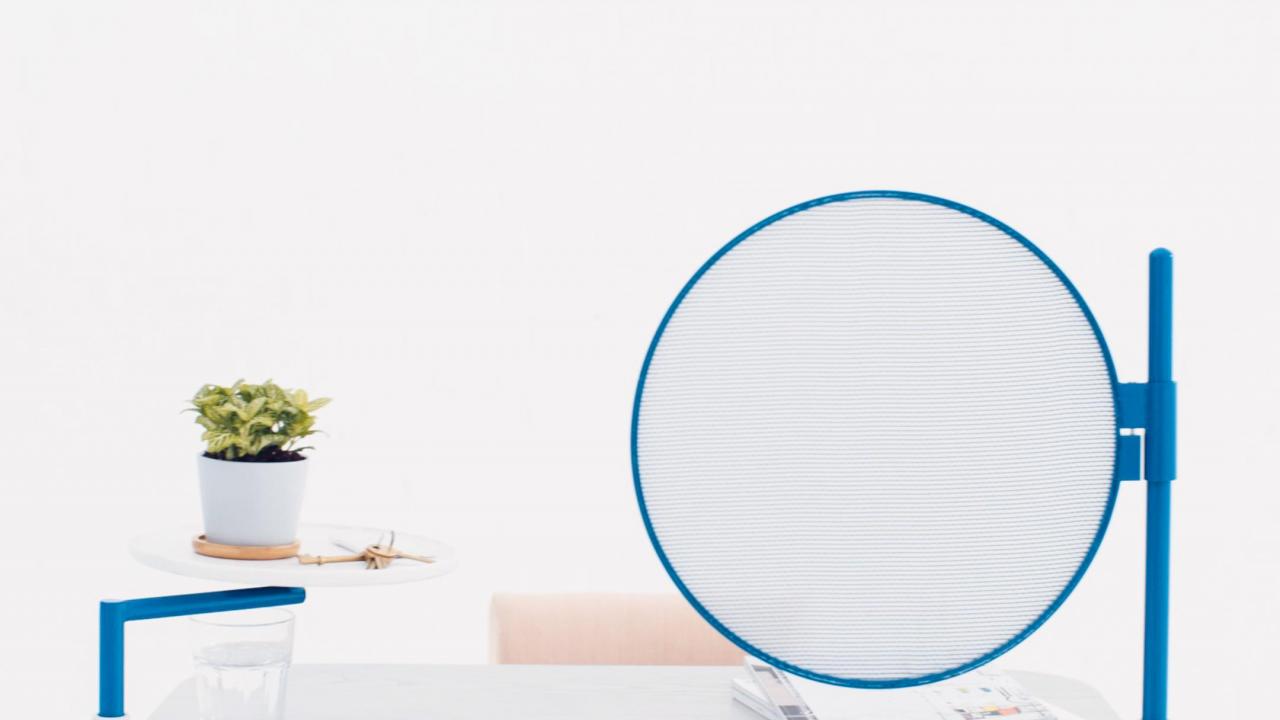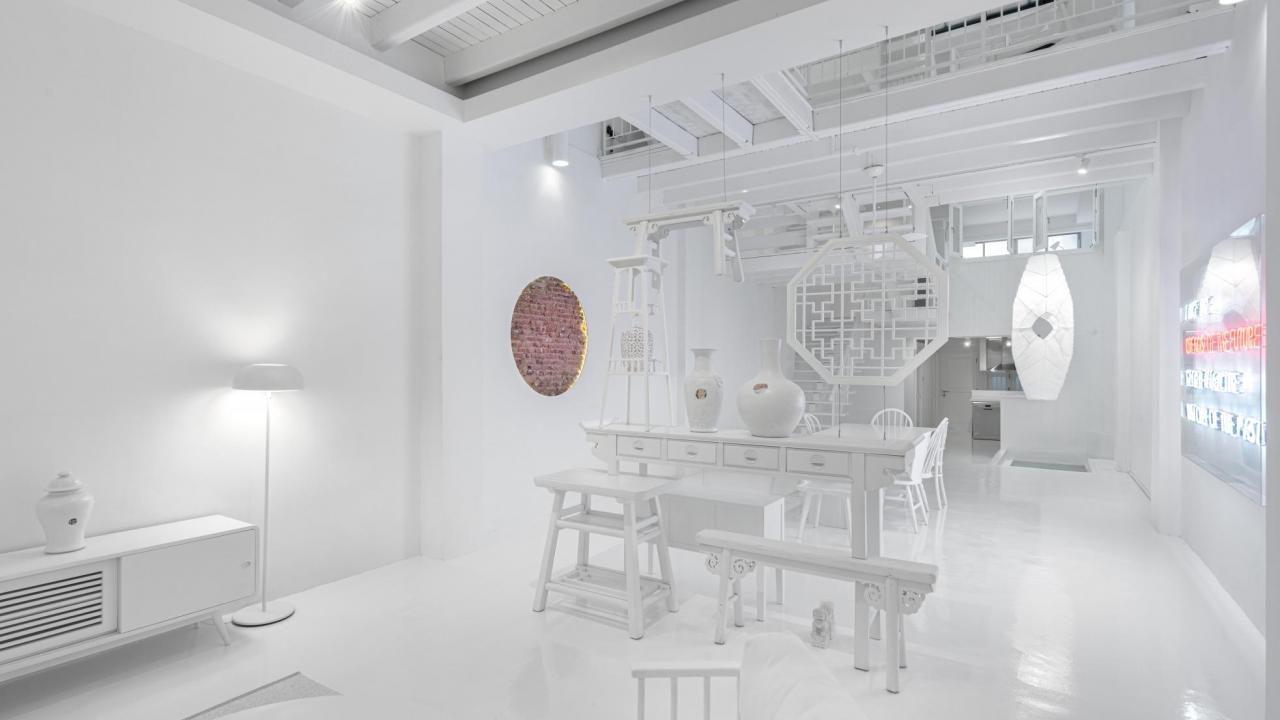-

-
Getting to Know Nong Chotipatoomwan
Nong Chotipatoomwan has packed a lot of experience into a short space of time. A journey through Melbourne, Milan, New York, London, Singapore and Bangkok has given the Thai designer a frame of reference that many designers her age could only hope for. Her graduation project, Landing Space, was long-listed for the Dezeen Awards and shortlisted for a Robin and Lucienne Day Foundation prize, she was named as a Talent to Watch by Sight Unseen, and was featured in Wallpaper*’s prestigious graduate directory.
After more than 15 years overseas, Chotipatoomwan has recently returned to Bangkok, where she’s been developing her practice while reconnecting with family and the city and its culture, as well as working in the family business. It’s been an exciting year for her: selected for a global design collaboration between London’s Design Museum, The American Hardwood Export Council and Wallpaper*, she spent the first half of 2021 prototyping her Thought Bubble rocking chair in American red oak, with the final piece produced in Malaysia before being exhibited in London in September.
Chotipatoomwan’s travels have given her a unique perspective on material choice. ‘Geography makes all the difference,’ she says. ‘There are different issues and concerns to take into account, and the material availability and manufacturing skills vary from region to region. In Europe, for example, where there are greater temperature differences between winter and summer, I have to be more mindful of surfaces that would come in contact with the skin.’
Like so many designers, the pandemic has provided unexpected creative inspiration for her. The Thought Bubble chair, she says, takes into account the psychological impact of the object. ‘Human beings are extremely social and aren’t programmed to be isolated for an extended period of time,’ she explains. ‘So I looked into objects used for relaxation and discovered a connection between relaxing and the rocking motion. This became the foundation of my concept, using repetitive movements to enhance mindfulness.’ The project also gave her a deeper understanding and appreciation for timber, particularly American hardwoods and red oak. ‘It was eye-opening to learn about the light environmental impact of American species and the differences in sustainability between timbers from around the globe,’ she says.
But what sets Chotipatoomwan apart is her attitude to life and learning, and her desire to explore. ‘Whenever I start a new project, I almost always find myself discovering new ways to do things or seeing certain situations in a new light. Every project is unique and requires different solutions,’ she says. ‘Sometimes it will be about working around limitations like budgets and production skills, but sometimes it will be about figuring out the details.’ However, she appears to thrive in conditions of uncertainty. ‘It’s challenging, but it's all part of the process and when you see the thing you have been imagining in your head come to life, it’s all worth it.
-
-

-

-

-
Nong Chotipatoomwan has packed a lot of experience into a short space of time. A journey through Melbourne, Milan, New York, London, Singapore and Bangkok has given the Thai designer a frame of reference that many designers her age could only hope for. Her graduation project, Landing Space, was long-listed for the Dezeen Awards and shortlisted for a Robin and Lucienne Day Foundation prize, she was named as a Talent to Watch by Sight Unseen, and was featured in Wallpaper*’s prestigious graduate directory.
After more than 15 years overseas, Chotipatoomwan has recently returned to Bangkok, where she’s been developing her practice while reconnecting with family and the city and its culture, as well as working in the family business. It’s been an exciting year for her: selected for a global design collaboration between London’s Design Museum, The American Hardwood Export Council and Wallpaper*, she spent the first half of 2021 prototyping her Thought Bubble rocking chair in American red oak, with the final piece produced in Malaysia before being exhibited in London in September.
Chotipatoomwan’s travels have given her a unique perspective on material choice. ‘Geography makes all the difference,’ she says. ‘There are different issues and concerns to take into account, and the material availability and manufacturing skills vary from region to region. In Europe, for example, where there are greater temperature differences between winter and summer, I have to be more mindful of surfaces that would come in contact with the skin.’
Like so many designers, the pandemic has provided unexpected creative inspiration for her. The Thought Bubble chair, she says, takes into account the psychological impact of the object. ‘Human beings are extremely social and aren’t programmed to be isolated for an extended period of time,’ she explains. ‘So I looked into objects used for relaxation and discovered a connection between relaxing and the rocking motion. This became the foundation of my concept, using repetitive movements to enhance mindfulness.’ The project also gave her a deeper understanding and appreciation for timber, particularly American hardwoods and red oak. ‘It was eye-opening to learn about the light environmental impact of American species and the differences in sustainability between timbers from around the globe,’ she says.
But what sets Chotipatoomwan apart is her attitude to life and learning, and her desire to explore. ‘Whenever I start a new project, I almost always find myself discovering new ways to do things or seeing certain situations in a new light. Every project is unique and requires different solutions,’ she says. ‘Sometimes it will be about working around limitations like budgets and production skills, but sometimes it will be about figuring out the details.’ However, she appears to thrive in conditions of uncertainty. ‘It’s challenging, but it's all part of the process and when you see the thing you have been imagining in your head come to life, it’s all worth it.
This article originally appeared in Design Anthology - Asia Edition HERE